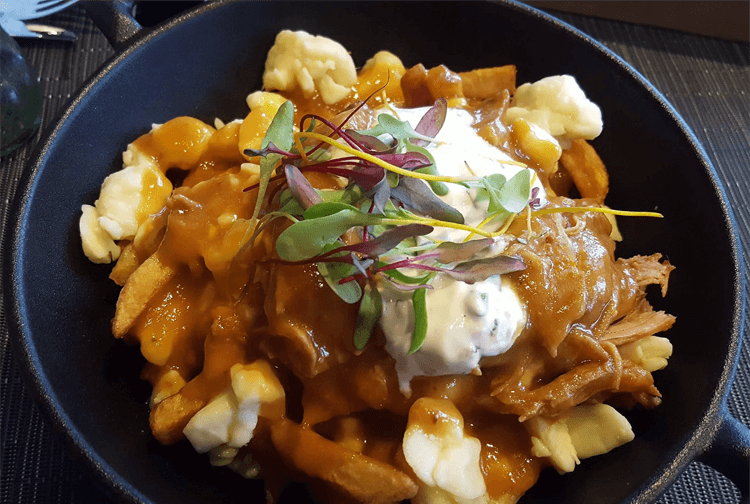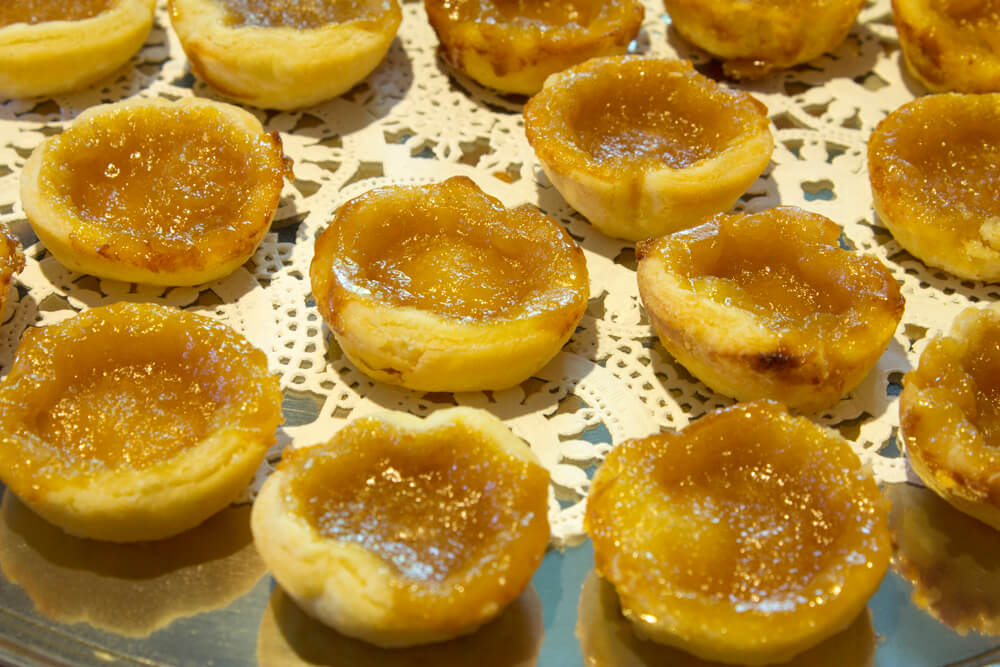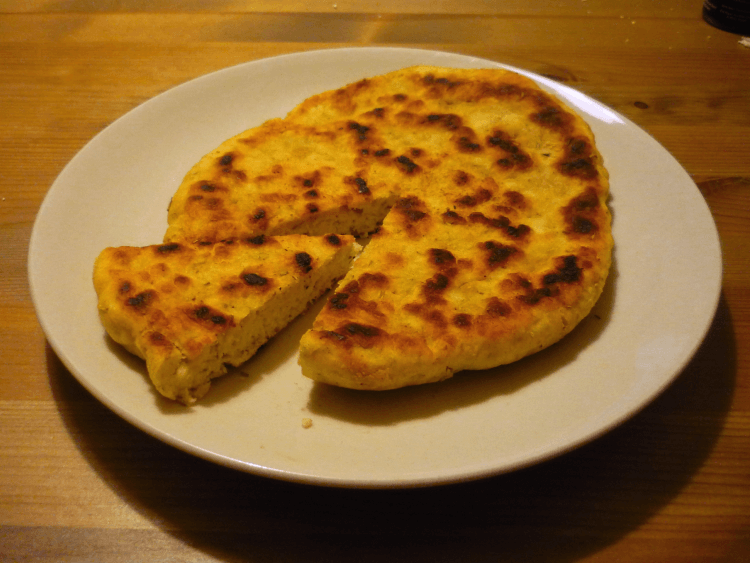I've always loved planning trips that offer a mix of adventure and relaxation.
With its vast, varied landscapes and wealth of culture, Canada is perfectly suited to a well-planned voyage.
In this guide, learn how to map out an unforgettable Canada 5-day travel itinerary, including destination points, a day-by-day itinerary, must-see sights, local culinary delights, and some helpful traveling tips.
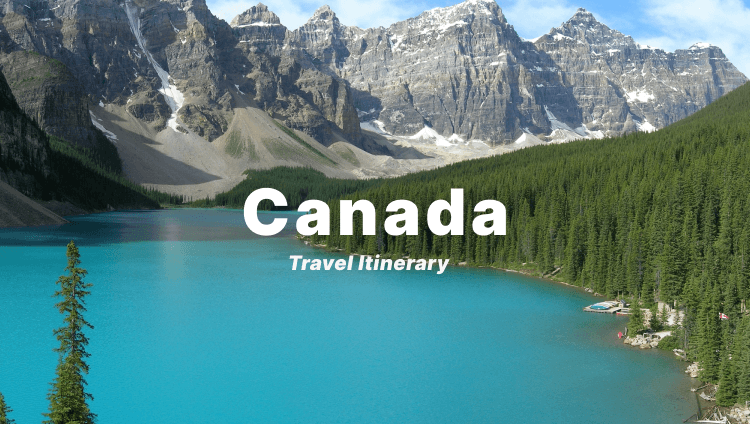
1. Considerations When Planning Your Canada Travel Route
When planning your trip through Canada, several things shape your experience:
Budget: Figure out your spending limits for accommodations, activities, and meals.
Accommodation Options: Choose between hotels, hostels, or vacation rentals based on comfort and location.
Time of Year: Canada's seasons vary a lot, affecting activities and clothing needs.
Interests and Activities: Decide on outdoor adventures, cultural experiences, or city explorations.
Health and Safety: Be aware of health advisories and safety precautions, especially for outdoor activities.
Travel Restrictions and Visas: Check entry requirements and any travel restrictions or advisories.
2. Recommended Travel Itinerary for Canada 5 Days Trip
Route Overview: Start and end your journey in Vancouver, exploring a diverse range of landscapes and cultural sites across British Columbia.
Canada 5 Days Trip Table:
Day | Destination | Recommended Activities/Route |
1 | Vancouver | Beautiful Town, Kelowna, Icewine Brewery (45 minutes), Vernon Bee Farm (30 minutes), Salmon Arm/Grizzly Town |
2 | Salmon Arm/Grizzly Town | Pacific Railway Park (20 minutes), Banff National Park (Lake Louise, Moraine Lake, Bow River Falls, ride Banff Sulphur Mountain Gondola) |
3 | Banff National Park | Johnston Canyon (45 minutes), pass by Crowfoot Glacier and Bow Lake, Peyto Lake (30 minutes), Columbia Glacier (3 hours, giant snow car and glacier glass bridge) |
4 | Jasper | Maligne Lake Cruise (60 minutes), Maligne Canyon (45 minutes), Mount Robson Provincial Park (30 minutes), Valemount and Sebahart Falls (30 minutes) |
5 | Kamloops | Visit the American Ginseng Factory (45 minutes), BC Wildlife Park (90 minutes), Hope Town (30 minutes) |
Day 1: Vancouver to Salmon Arm/Grizzly Town
Excited to get on the road tomorrow, and start exploring Canada.
What you can see/do today:
Beautiful Town (Kelowna): Depart Vancouver and head for Kelowna, a beautiful town famed for its vineyards and lakeside setting. Walk down by the waterfront, or drop into a local vineyard for wine tasting.
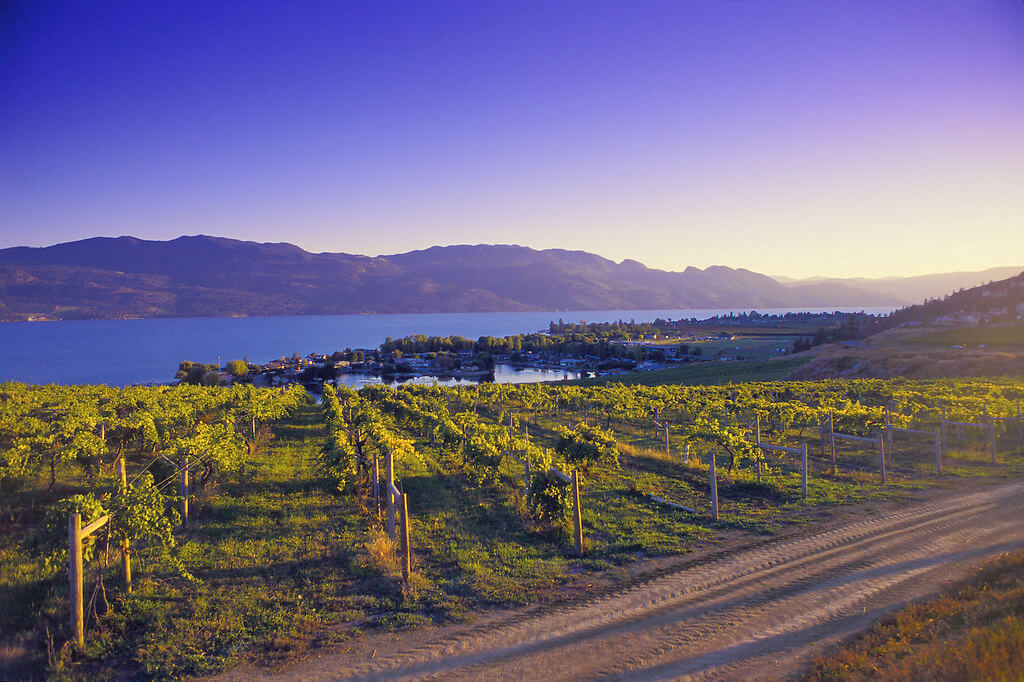
Icewine Brewery (45 mins): Visit an ice wine brewery en route – a Canadian speciality made from grapes that have frozen naturally on the vine. Taste some samples, and grab some quirky gifts.
Vernon Bee Farm (30 mins): Stop off at a bee farm near Vernon to learn about beekeeping, as well as try different kinds of honey, and even watch the busy bees at work.
Salmon Arm/Grizzly Town: At your final day destination, Salmon Arm is the annual spawning ground for millions of salmon, and surrounded on all sides by picturesque scenery. Relax in town, or there's the option to take a wildlife tour in nearby Grizzly Town, to spot the mighty bears in their natural habitat.
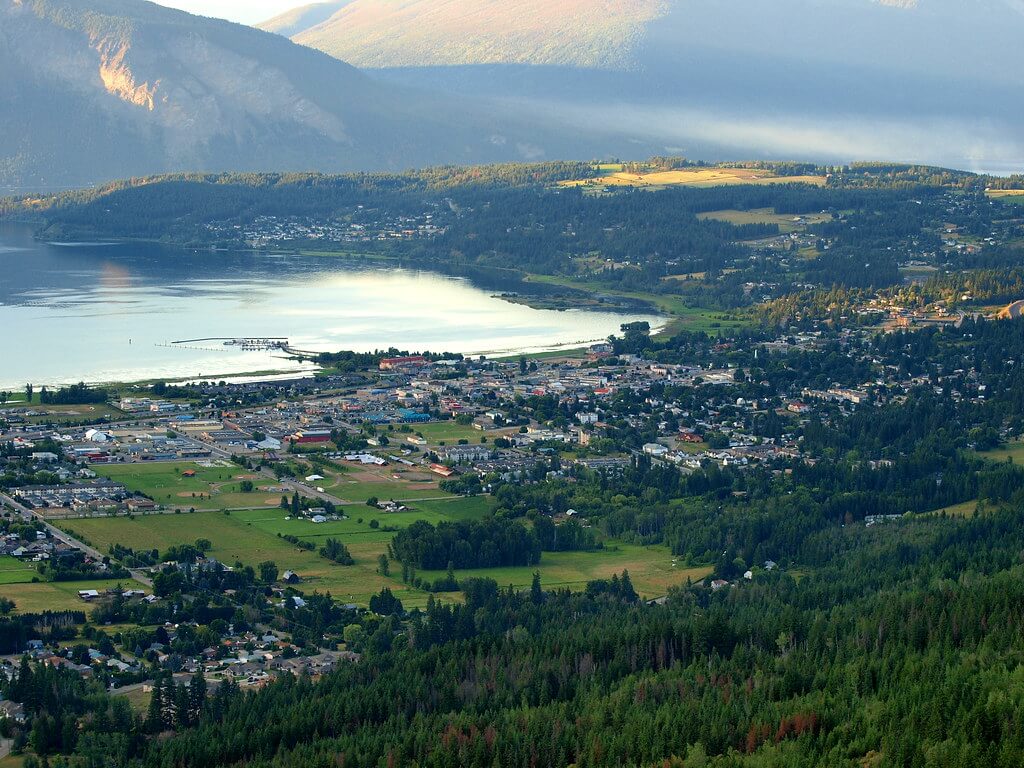
Where to stay:
Consider staying in Salmon Arm for its peaceful surroundings and easy access to outdoor activities.
Start early from Vancouver to maximize your day and avoid traffic.
Check local weather forecasts and pack accordingly, especially for outdoor activities.
Day 2: Salmon Arm/Grizzly Town to Banff National Park
Leave Salmon Arm and head to Banff National Park, famous for its mountains, lakes, and wildlife.
What you can see/do today:
Pacific Railway Park (20 minutes): Delve into Canada’s railway past at this small museum. The railroad was fundamental to the creation of modern Canada.
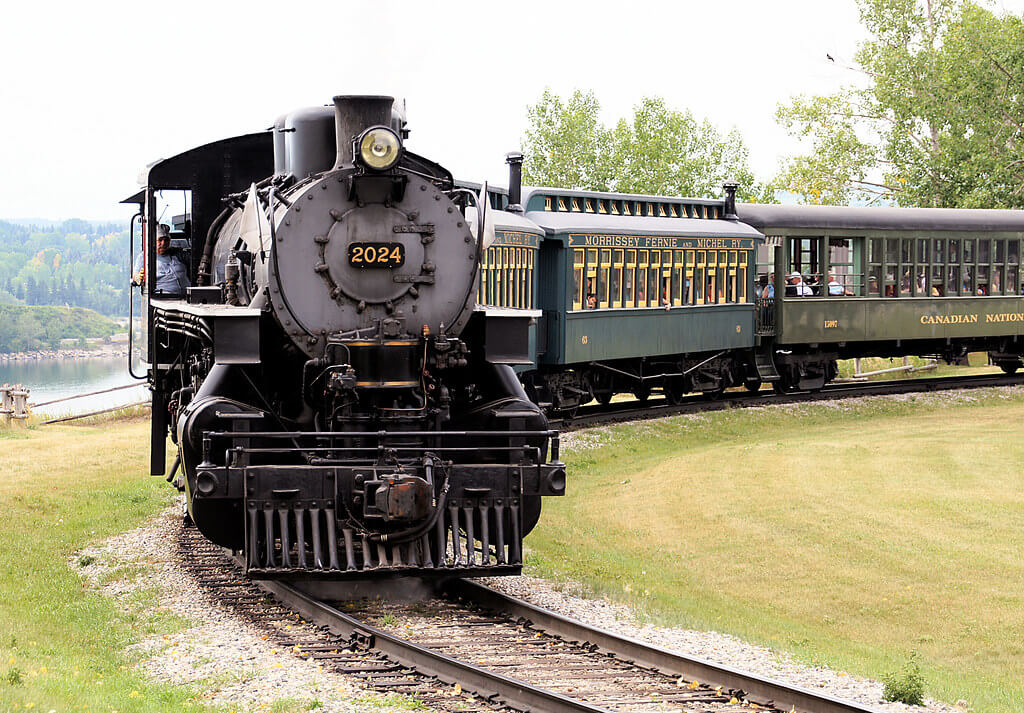
Banff National Park (Lake Louise, Moraine Lake, Bow River Falls, ride Banff Sulphur Mountain Gondola):
See the highlights of Banff. Admire the turquoise waters of Lake Louise and Moraine Lake, photographing the mountain reflections. Take a stroll along Bow River Falls, then ascend Banff Sulphur Mountain Gondola for unbeatable views.
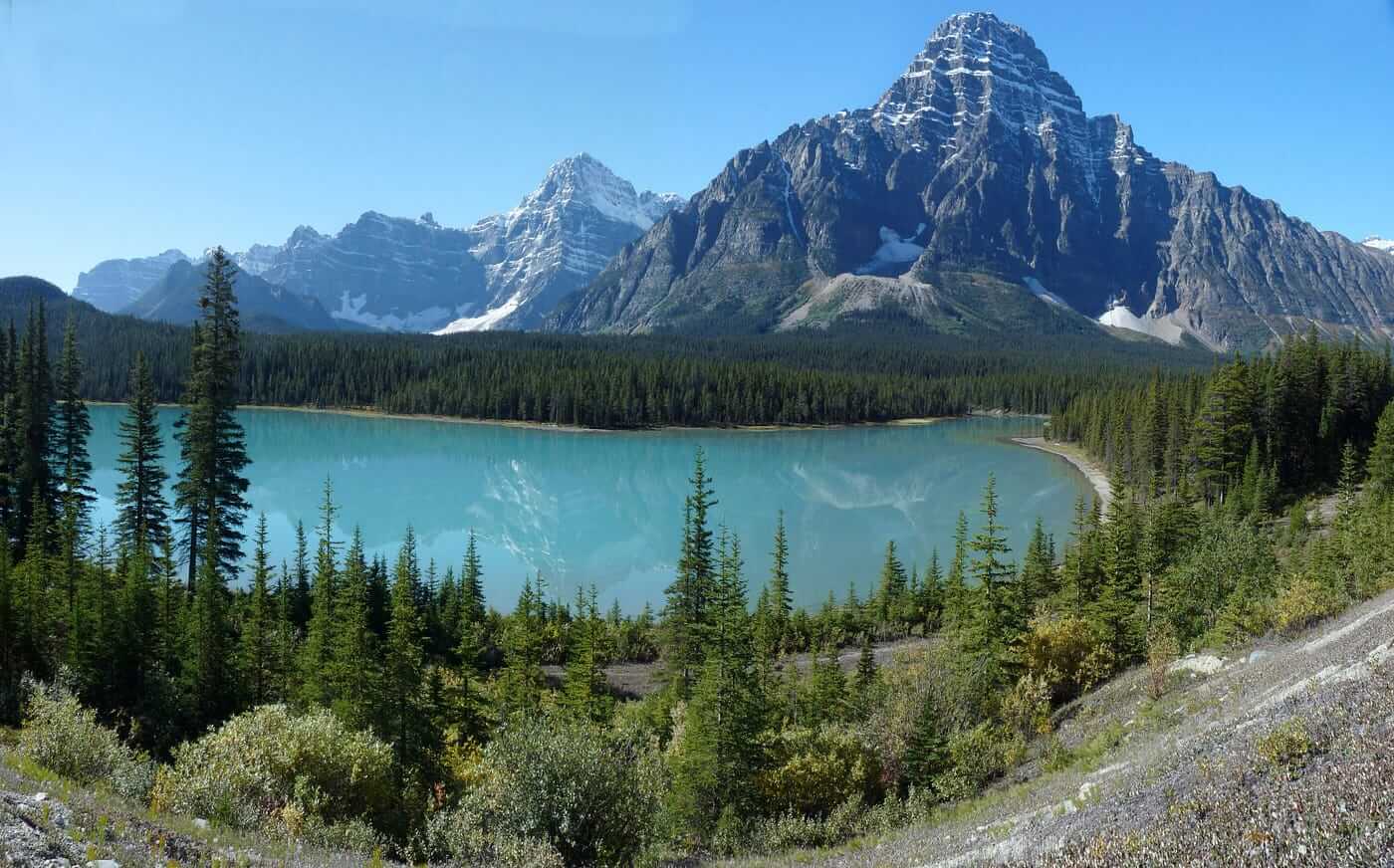
Where to stay:
Spend the night in Banff to fully experience the park's beauty and access hiking trails.
Book Banff Sulphur Mountain Gondola tickets early to avoid long lines.
Pack snacks and water for outdoor activities.
Day 3: Explore Banff National Park
Spend another day exploring the breathtaking landscapes and natural wonders of Banff National Park.
What can you see/do today:
Johnston Canyon (45 minutes): Kick off the day with a hike through Johnston Canyon – visit the lower and upper waterfalls, encased in a deep narrow gorge, and walk the catwalks and bridges for fancy canyon-side views.
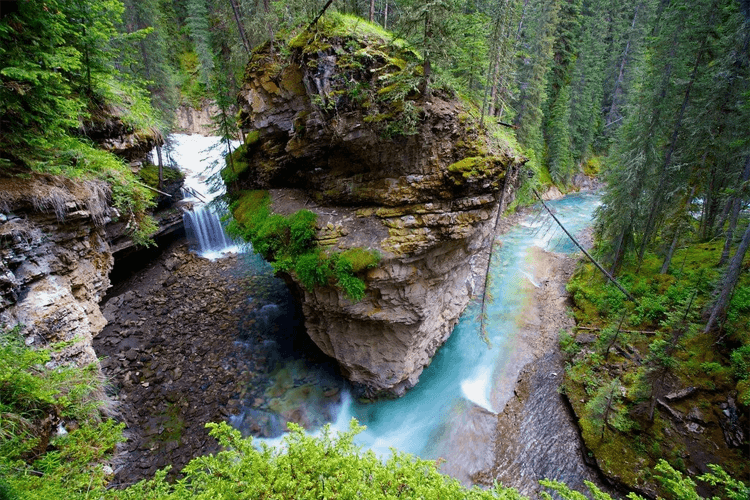
Crowfoot Glacier and Bow Lake: Drive by Crowfoot Glacier and take a break at the stunning Bow Lake – a glacial body of water with crystal-clear surfaces and surrounding mountains crown. Don’t forget to snap a few photos!
Peyto Lake (30 minutes): Bright blue Peyto Lake is renowned for icy turquoise waters and its vantage point of Bow Summit. A short hike will bring you to the peak and a masterful range of mountains and lake below.
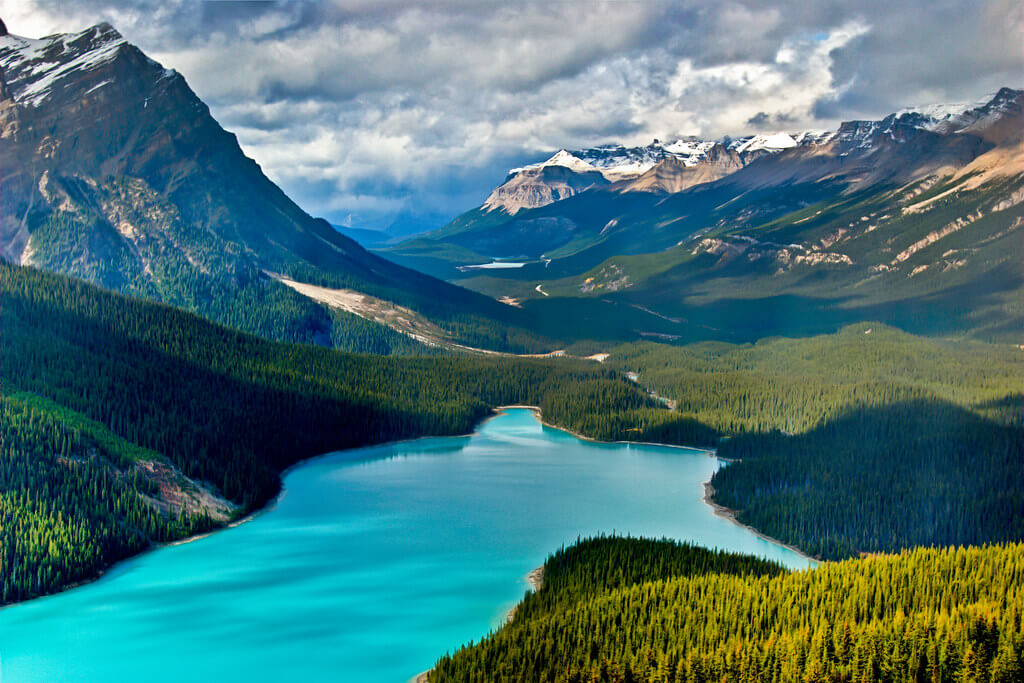
Columbia Icefield (3 hours, massive snow car and glacier glass bridge): Travel to the Columbia Icefield for adventure. Climb on-board a massive snow vehicle for a ride on Athabasca Glacier, and walk the Glacier Skywalk with panoramic views over the surrounding landscapes.
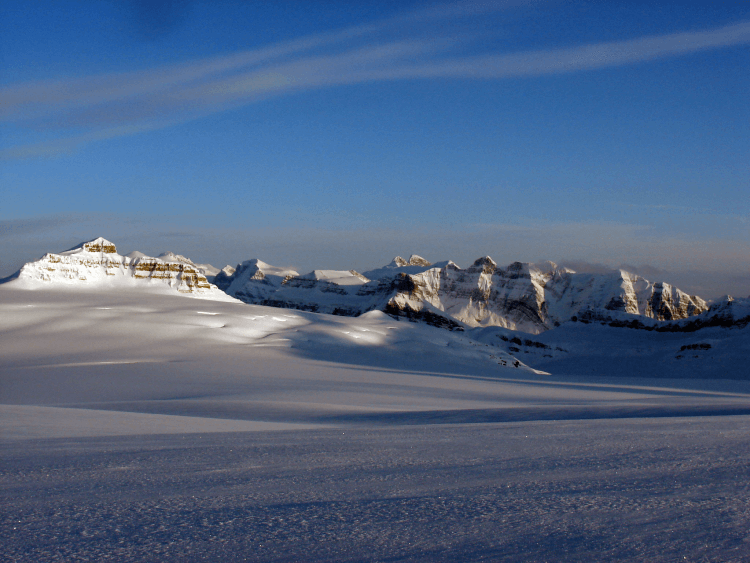
Where to stay:
Spend the night in Banff or consider nearby Lake Louise for easy access to hiking trails and scenic viewpoints.
Wear sturdy hiking shoes and dress in layers for changing weather, especially at higher elevations.
Respect wildlife and follow park rules when exploring outdoor areas.
Day 4: Jasper National Park
Leave Banff and head towards Jasper National Park, known for its pristine wilderness, glaciers, and abundant wildlife.
What can you see/do today:
Maligne Lake Cruise (60 minutes): Hop on a guided Maligne Lake cruise, showcasing the most photogenic aspects of Jasper. Keep an eye out for wildlife near the towering mountain backdrop.
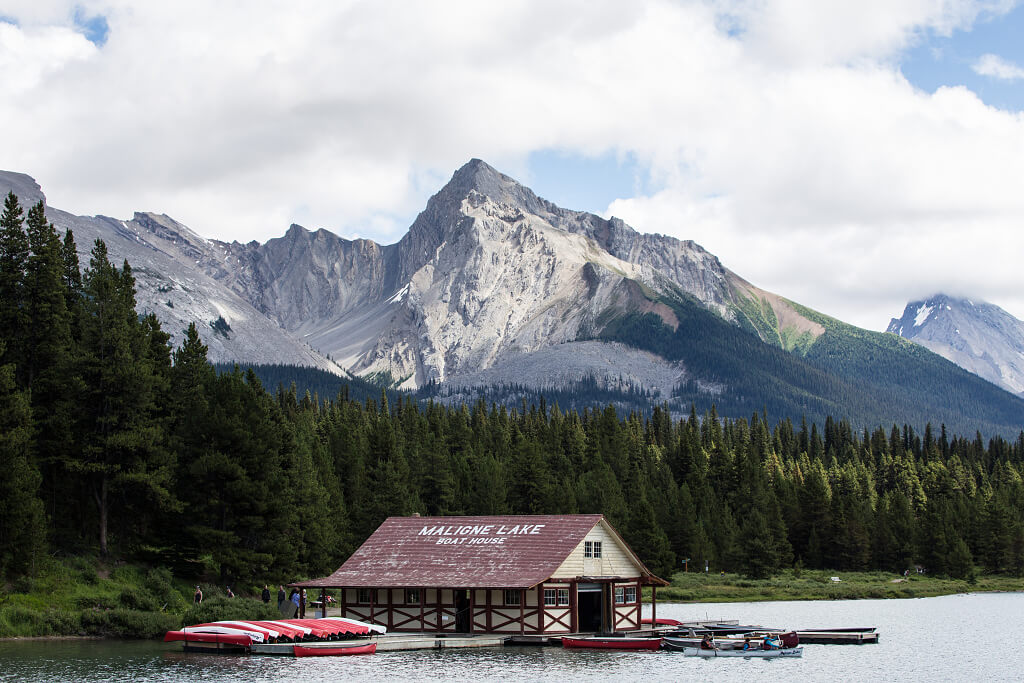
Maligne Canyon (45 minutes): Explore Maligne Canyon, formed by the Maligne River over thousands of years. Trails and bridges offer varied vantage points of the limestone formation, waterfalls, and rapids within the canyon.
Mount Robson Provincial Park (30 minutes): Drive to Mount Robson Provincial Park, with a stop at viewpoints to see Mount Robson, the highest peak in the Canadian Rockies. Take in the impressive mountain terrain and tranquil surroundings.
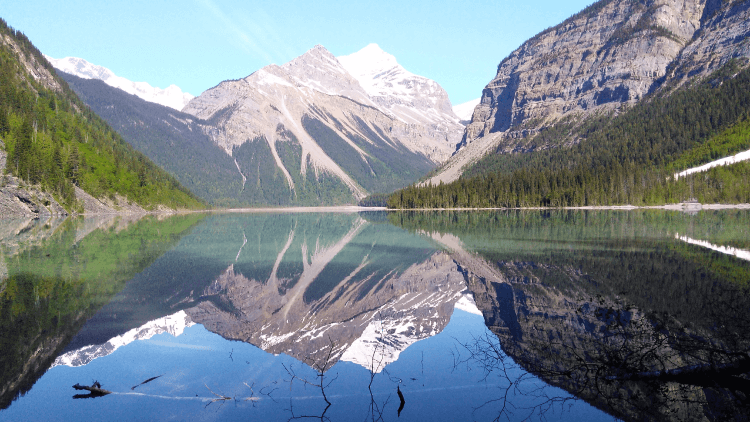
Valemount and Sebahart Falls (30 minutes): Head to Valemount to take a short trail leading you to Sebahart Falls, a delightfully serene and picturesque cascade. Photograph the falls and breathe in the fresh forest air.
Where to stay:
Stay overnight in Jasper to experience the park's tranquility and explore more hiking trails or wildlife viewing spots.
Check weather conditions and road closures before departing from Banff to Jasper.
Bring along a camera and binoculars for spotting wildlife and capturing scenic landscapes.
Day 5: Kamloops
Overview: Conclude your itinerary with a stop in Kamloops, a city offering outdoor pursuits and cultural interests in ample measure.
What can you see/do today:
Visit the American Ginseng Factory (45 minutes):Your morning begins at an American Ginseng Factory in Kamloops. Explore how ginseng is grown, its supposed benefits to health, and sample an assortment of ginseng-based products while there.
BC Wildlife Park (90 minutes):The BC Wildlife Park is a home to an array of indigenous animal species. Walk its pathways to view critters – many of which are rescue cases – in environments close to their natural habitats, as well as learning about local conservation efforts.
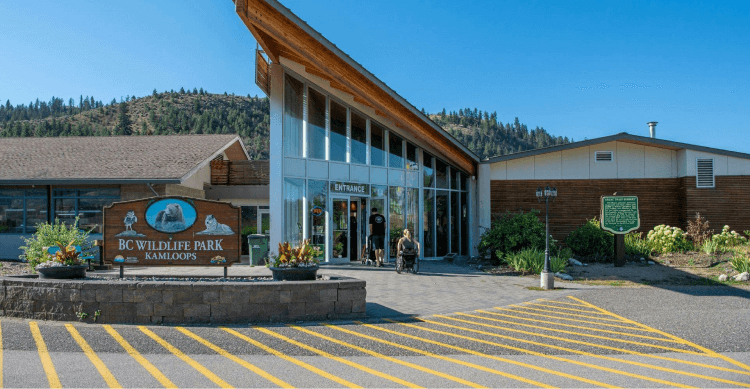
Hope Town (30 minutes): Hope Town is a local district encompassed by rugged mountains and coursing rivers. Pop into the tiny burgh’s shops and art galleries, and amble along its quaint streets.
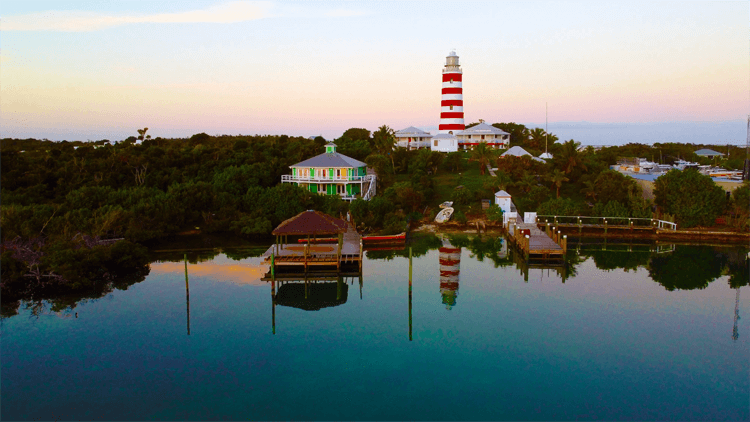
Where to stay:
Why not extend your stay in Kamloops for another night, to explore more local sights and cuisine?
Try to time your visit to BC Wildlife Park with the feedings, for a fascinating insight into the animals and their behavior.
Local cafes and bakeries will provide a chance to sample Kamloops’s culinary delights, and help sustain the city’s independent businesses.
Tips for Shortening/Extending the 5 Days Route:
Shortening:
To save time, consider skipping some attractions or shortening your visits.
Opt for direct routes between destinations to minimize travel time and maximize sightseeing.
Extending:
Add extra days in Vancouver or Banff to explore additional attractions like museums, galleries, or nearby natural parks.
Extend your stay in Jasper to participate in outdoor activities such as hiking, canoeing, or wildlife safaris.
3. Top 5 Canada Food and Drink
Canada’s food is a delicious mish-mash of international tastes and regional ingredients. Here are 5 must-try dishes that will give you a true taste of Canada:
1. Poutine:
Originating from Quebec, poutine has now pretty much spread across the entire country. It's a simple dish — fries, cheese curds, and gravy — but when it all melts together in a gloriously messy, melty stodge of comfort food goodness, you won't complain.
If you're feeling extravagant, you can find varieties with toppings such as pulled pork, bacon, or even lobster.
2. Maple Syrup:
Canada is perhaps best known for its maple syrup (the province of Quebec is the world’s dominant producer, accounting for 71% of the global supply), that wonderfully sweet amber nectar tapped from sugar maple trees.
You'll be hard-pressed to avoid it – poured on pancakes, waffles, and French toast or used in any number of sweets, candy, or as a glaze for meat, there’s no reason you can't get your fill.
3. Butter Tarts:
Butter tarts are a classic Canadian treat consisting of a flaky pastry shell filled with a runny mixture of butter, sugar, and eggs. Raisins or pecans may or may not be added.
Originating in Ontario, they are popular throughout the country and a must for anyone with a sweet tooth: every mouthful is a crispy, buttery delight.
4. Nanaimo Bars:
Named after the city of Nanaimo in British Columbia, Nanaimo Bars are a set of no-bake dessert bars. They comprise a base layer of crumbs made from graham crackers, coconut, and chocolate, a middle layer of custard-flavored butter, and a top layer of chocolate.
Nanaimo Bars are delicious and a perfect example of the richness and sweetness you find in a lot of Canadian desserts.
5. Bannock:
Bannock is a type of bread from Indigenous cuisine that can be baked or fried, usually with a simple dough of flour, water, and baking powder.
Additional fats like butter or lard are common, and bannock can be served plain or with toppings such as butter, jam, or even savory additions like cheese and herbs.
Bannock has cultural relevance and is a popular choice at many Indigenous gatherings.
4. Additional Tips for Canada Traveling
Packing Essentials:
Pack for all kinds of weather: layers, a waterproof jacket and pants, sturdy shoes or walking boots, sunscreen, a hat, sunglasses, and a good daypack.
Cash Required, Local Apps:
Always have a small amount of cash for tips and minor purchases. Regional apps like Interac e-Transfer are popular for contactless payments. Uber and Google Maps can help you get around.

Local Etiquette and Customs:
Canadians are friendly but reserved. Basic greetings such as “Hello” and “Thank you” are appreciated. Be mindful of personal space and avoid sensitive topics. Indigenous cultures should be treated with respect.
Transport Options:
Fly between major cities for the best connections. Car rentals offer flexibility; buses and trains are more budget-friendly. Urban centers have extensive public transport, such as buses or subways.
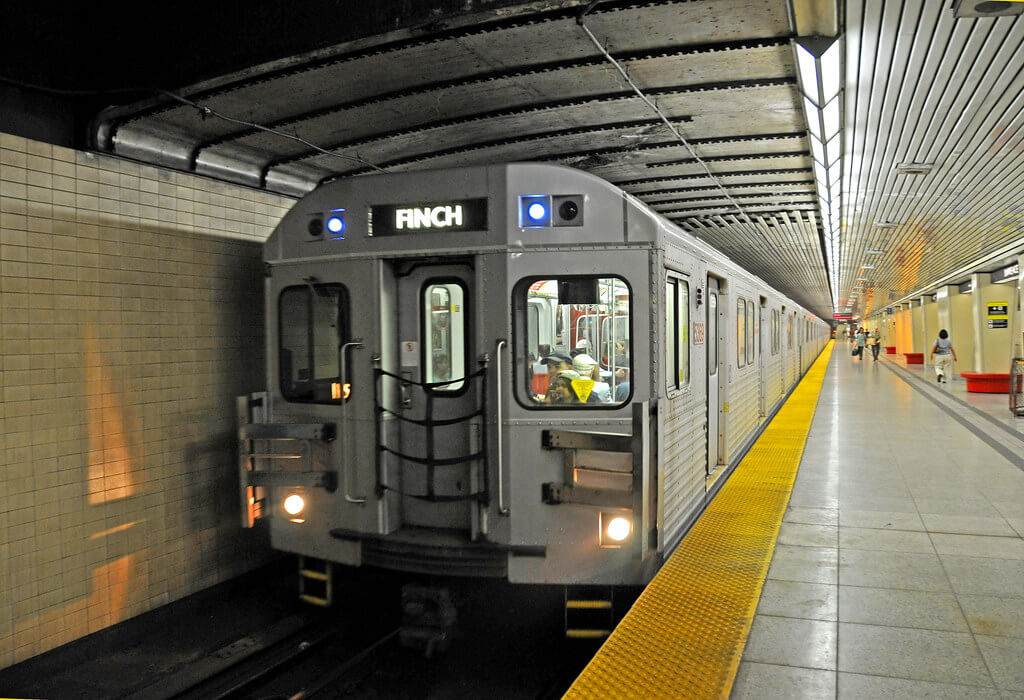
Car or Scooter Rental:
Driving is generally safe, but take care on rural roads. You’ll need a full driving license and possibly an international driving permit. Note seatbelt and helmet laws. Understand rental coverage policies and local driving laws.
Communication:
English is widely spoken; French dominates in Quebec. Learning a smattering of French is polite, but not expected. Official signage and some services will be bilingual.
Summary
And that wraps up the itinerary for a 5-day trip to Canada!
From mountaintops to striding urban thoroughfares, there’s somewhere unmissable on the list for you, and every day I am filling your footsteps with the best places and local secrets you could want.
My deepest wish is that this plan helps round out your own exploration of this incredible nation, and that it sends you packing with a suitcase of memories.
Have a fantastic trip, and then some – here’s hoping it proves everything you wanted it to be!

